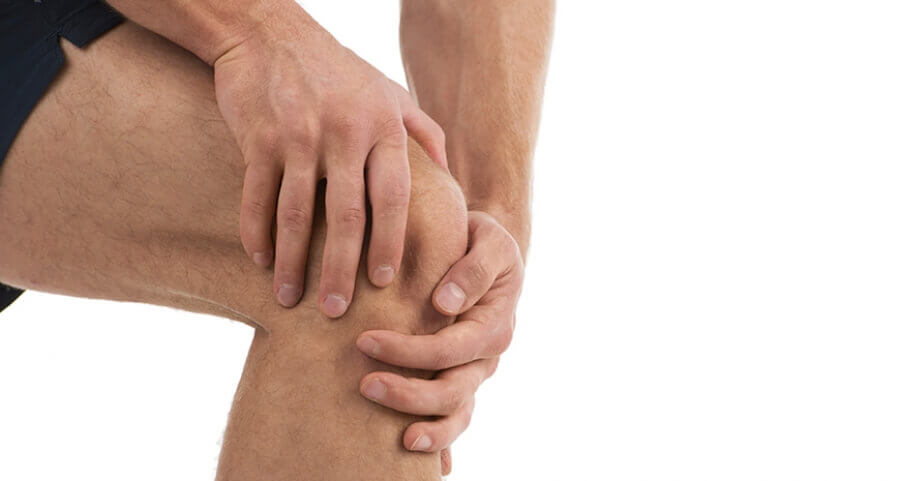Plantar fasciitis is one of the most common disorders of the foot, yet its causes are poorly understood and it is probably multifactorial in origin.
The plantar fascia supports the arch of the foot by acting as a ‘bowstring’ to connect the ball of the foot to the heel, and its function is to invert (turn inwards) the heel for propulsion as the toes bend when you lift your heel off the ground. When walking and at the moment the heel of the trailing leg begins to lift off the ground, the plantar fascia endures tension that is approximately two times body weight!
Anatomy of the Foot
The plantar fascia encapsulates the muscles in the sole of the foot and has three bands or sections, based on the muscles they surround: the medial (inside edge of the foot), central, and lateral (outside edge of the foot). Plantar fasciitis is defined as an inflammation of the plantar fascia, with “Plantar” meaning the bottom of the foot, “fascia” is a type of connective tissue, and “itis” means “inflammation. It is associated with causing destruction of blood vessels in the area and the formation of fascia scar tissue, which can adhere to other tissues in the area. This slows future healing and inflicts more pain (and damage) when the fascia is under stress, as scar tissue is not as flexible and strong as the original tissue.
What causes Plantar Fasciitis?
- A change or increase in activities
- Lack of flexibility in the calf muscles
- Certain sports, such as aerobics, volleyball, tennis, which involve rapid movements on a hard playing surface
- Poorly designed ‘exercising shoes’. They may not have sufficient arch support or cushion, or the toe portion does not bend back easily
- Long periods of standing / walking in poor shoes (i.e. nurse, mailman)
- The presence of heel spurs and / or stress fractures may predispose you to developing plantar fasciitis
- Biomechanical abnormalities in the functioning of the foot or an abnormal gait
- More commonly affects overweight people (females greater than males) and athletes
- Arthritis
- Loss of natural tissue for cushioning under the heel (“fat pad atrophy”), common in the elderly
- Plantar fasciitis is not caused by the heel striking the ground!
What are the Symptoms?
- Insidious onset over a few days/weeks/months
- Heel pain with the first few steps in the morning
- Pain maybe is consistent with standing and/or walking
- Pain maybe sharp, like a stone bruise, throbbing, burning and/or aching
- Pain is usually located in the front and bottom of the heel
- Patients are often over the age of 30 yrs of age
- May become permanent, or come and go every few months
What to Do?
Management of plantar fasciitis must be immediate, as it’s very hard to treat once it is established i.e. ‘it won’t go away by ignoring it’ or by ‘training through it’. Hence, the earlier it is assessed and managed, the less debilitating it will become.
What Can be Done?
Physiotherapy management will involve a thorough physical and biomechanical assessment to assess the extent of your injury. If there are any concerns regarding the integrity of the plantar fascia, then you will be referred to a sports physician for further investigations deemed necessary (i.e. MRI if there is a concern of a possible acute tear to the plantar fascia) and ongoing management. This may involve a period of immobilization in a Cam Walker boot (4-6 weeks), which provides the fascia with a neutral stretching position to allow it to heal successfully. Following this physiotherapy rehabilitation would commence. If the physiotherapist is satisfied that the injury only involves inflammation of soft tissue structures, then treatment can commence immediately.
The rehabilitation program is based on an abundance of scientific research led by physiotherapists and is concentrated on immediate and correct management of the plantar fascia during the acute inflammatory phase. This will assist in speeding up your recovery, while also allowing the repair phase of healing to proceed as soon as possible, to enable a successful recovery and return to sport. This program includes:
- Reduce your activity levels: It takes 12 to 36 hours for many soft-tissue injuries to reach their maximum soreness, so it’s often difficult to know when you’re overdoing it or which particular activity (like squatting or climbing stairs) caused the pain to increase again. Rest from any activity that causes pain i.e. if you are a runner, then change to swimming / cycle.
- Eliminating pain in the morning: If there is pain with the first few steps in the morning, the fascia may be getting re-injured each day. Stretching in bed with a towel, using a heat pad, and / or massaging with the thumbs on the bottom of the foot and the calf muscles before getting out of bed may provide relief. In severe cases, the use of a night splints to reduce morning heel pain (the night splint keeps the foot and calf muscles from contracting from lack of use during the night) and to help increase the flexibility in the calf muscles.
- Ice: Regular application of ice throughout your day after your activities is crucial to provide pain relief and minimize associated secondary soft tissue damage.
- Non-Steroidal Anti-Inflammatories: Will assist in minimising the sensitivity, and thus the pain, of the plantar fascia. These will need to be prescribed by your sports physician / general practitioner.
- Tape / Heel Wedge: Can help to protect the fascia and increase the arch support, allowing it time for healing to occur. Heel wedges help the foot ‘tip over’, so that it reduces the tension in the fascia, particularly in those that have limited flexibility in the calf muscles.
- Stretching: Is usually recommended and often the only thing that can help, especially in those with sedentary desk jobs. Poor gastrocnemius / soleus muscle flexibility can overload the plantar fascia, and hence, a regular stretching program to maximize their length is essential for correct foot / ankle function. In cases where plantar fasciitis is caused by a sudden injury, stretching may re-injure the fascia if not done carefully.
- Massage: Especially in the morning and before activity, as this will act to improve local blood flow and tissue flexibility by ‘warming’ the area. Massage will assist in releasing adhesions between the collagen fibres that compose the plantar fascia, therefore causing less damage to the heel and fascia when walking.
- Increase Strength: by a series of graduated exercises to the muscles of the foot and lower leg to improve the ability of the plantar fascia to withstand the forces developed when walking and performing sporting activities.
- Correction of Pre-Disposing Factors: this ensures that the problem doesn’t re-occur and can include:
- Lose weight: Will reduce the physical load placed on the plantar fascia for daily activities.
- Wear Appropriate Running Shoes: for your foot type. Generally, shoes with an arch support, more cushion, good flexibility in front of the shoe (that allows the toes to bend back easily and naturally) and a raised heel, will reduce the tension developed in the plantar fascia with normal daily and sporting activities. An assessment by our sports podiatrist maybe appropriate to determine whether orthotics are required to assist with this stability.
- Education on Correct Training Principles: of duration, intensity and frequency, to ensure the ankle can progressively adapt to the demands placed upon it with training.
- Referral to Sports Physician: If the individual is not responding to physiotherapy, a review to exclude other possible causes of the symptoms. This may involve bone scans (to exclude calcaneal stress fractures), blood tests (to exclude any underlying inflammatory disorders) and an MRI (to diagnose tears to the plantar fascia) to assist in ongoing management. A series of cortisone (steroid) injections maybe required to bring the inflamed fascia under control, and permit completion of the above rehabilitation program.


